The Polish project will be situated between Łódź and Warsaw, with a capacity of 40 million passengers per year
Foster and Partners with Buro Happold have won a competition to design the new central Polish airport, to be located between Łódź and Warsaw. Named CPK airport, the project will incorporate a major transport interchange, including rail links.
Fosters has extensive experience in the transport infrastructure sector. Grant Brooker, head of studio at Foster and Partners, said: “We are proud and excited to be chosen by CPK as the designers of this project. In collaboration, we will work together to create a model for the future of totally integrated transportation design. We believe that this project will completely revolutionise travel across the country and beyond.
”The vision of woven architectural form is deliberately and strongly expressed. It could shape the building and guide the passengers through its spaces, while also serving as a powerful symbolic reference to Poland’s rich cultural heritage and the united strength of its people.”
The firm has previously designed the airport at Stansted, London, as well in Hong Kong and Beijing. The competition win comes at a time of growing concern around the environmental impact of air travel, and criticism of architects who work on such projects.
In 2020 Foster and Partners withdrew from Architects Declare, a climate change action group, citing the practice’s view that only by working on airports could it improve the environmental performance of the aviation sector.
Norman Foster was quoted as saying: ”Agriculture and aviation are not going to go away and they will both need the most sustainable buildings to serve them together with the architects who can most responsibly design them.”
The winning scheme incorporates significant amounts of indoor planting and natural light. A central plaza will feature a continuous vaulted roof, echoing the large open interior spaces of some of the firm’s previous airport schemes.
The airport will initially accomodate up to 40 million passengers a year, with the ambition to grow to 65 million per year by 2060.









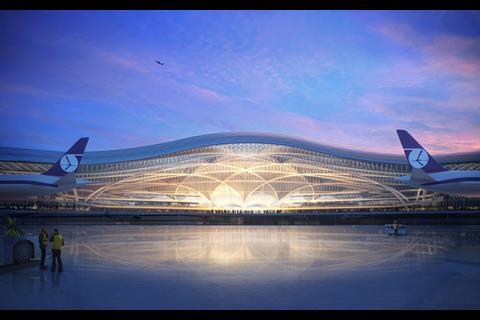
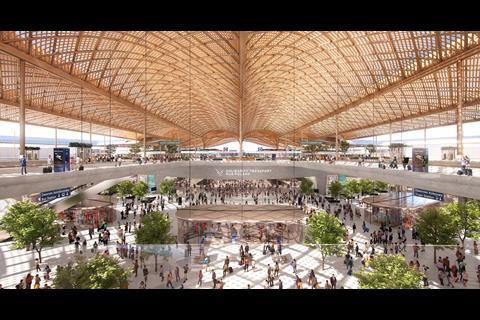
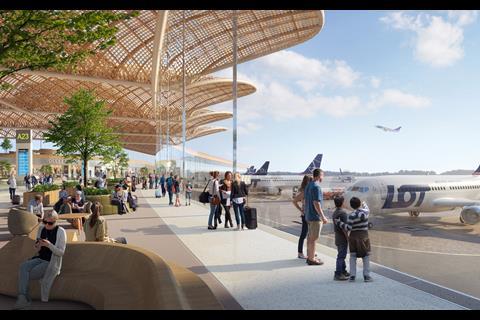
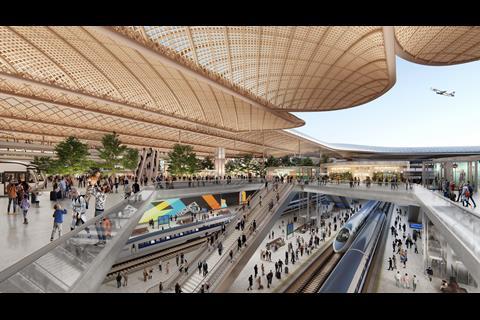
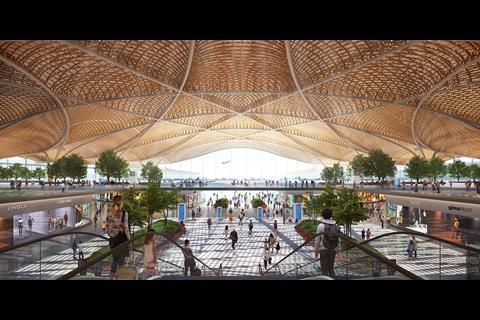







No comments yet